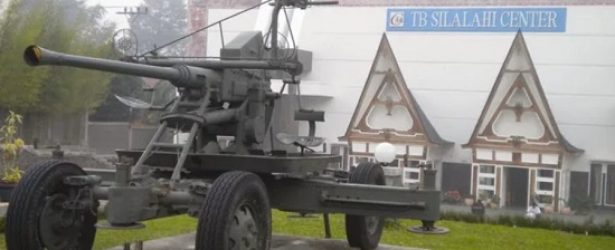Warning: Use of undefined constant ICL_LANGUAGE_CODE - assumed 'ICL_LANGUAGE_CODE' (this will throw an Error in a future version of PHP) in /srv/users/serverpilot/apps/feel-indonesia/public/wp-content/plugins/directory-extension-plugin/aitDirGallery/gallery.php on line 134
Warning: Use of undefined constant ICL_LANGUAGE_CODE - assumed 'ICL_LANGUAGE_CODE' (this will throw an Error in a future version of PHP) in /srv/users/serverpilot/apps/feel-indonesia/public/wp-content/plugins/directory-extension-plugin/aitDirGallery/gallery.php on line 135
Pleasantly situated on the south shores of the incredible Lake Toba, the TB Silalahi Center, which includes the Batak Museum is a complex dedicated to the preservation of the cultural values of the indigenous ethnic population of North Sumatra: the Bataks. The complex itself is located at the town of Balige, about 250 Km from Medan, capital of North Sumatera Province. The complex is established by — and is named after– the prominent Batak personality: Tiopan Bernhard Silalahi (also well-known as TB Silalahi) who has played an important role in North Sumatra’s and Indonesia’s history. He served as Minister for Government Bureaucratic Reform from 1993-1998, and is currently member of the President’s counseling board for Military and Defense.
At the heart of the complex stands majesticly the Museum Batak with its modern design, highlighted with a composite aluminum exterior, conveying a futuristic feel to the traditional Gorga motives. This Museum is not only presents Mr. TB Silalahi collection, but also Batak Culture to the world.
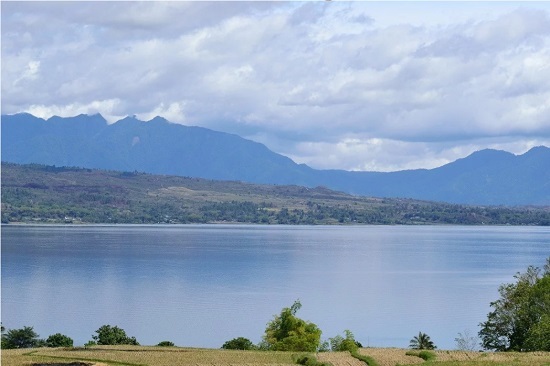
Danau Toba View from Batak Museum
Officially opened to the public since 18 January 2011, the Museum is built on the concept that the ethnic Batak have known high cultural values since ancient times. This is proven by the fact that the Batak possess their own distinct writing and spoken language, they have traditional democratic principles of Dalihan Natolu, and the use of passed down clan or family names. All these values are known as deep culture that will always remain relevant and will dynamically adjust to changes. Besides this, the museum also acts as a unifying symbol of the different Batak clans, namely: the Batak Toba, Batak Simalungun, Batak Mandailing, Batak Angkola, Batak Pakpak/Dairi, and the Batak Karo.
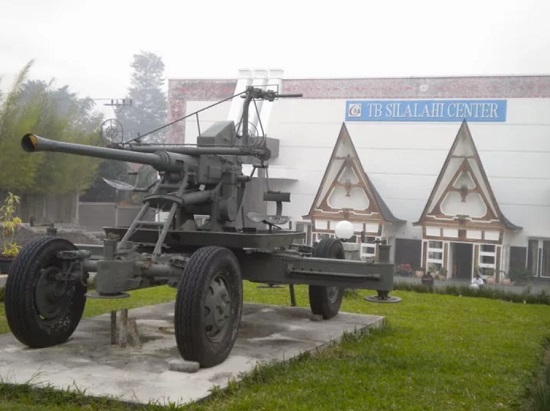
Bazooka in the front of Batak Museum TB Silalahi
The Museum is divided into three storeys with an open space ground floor, whch is an exhibition area for various authentic traditional Batak stone sculptures. Ascending to the 2nd floor, visitors are presented with a magnificent view on the courtyard and Lake Toba. There, a 7 meters bronze statue of Si Raja Batak or King of Batak stands gallantly as personification of Batak traditional values. The statue is a special icon of the Museum portraying the physical characters of the Batak peoples.
The second and third floor are the main exhibiting areas of the museum. This is where all the valuable collections are displayed, with one special highlight on the ‘Ulos’, the age-old traditional Batak woven cloths. The oldest ‘Ulos’ exhibited here is believed to be 500 years old. Ancient Batak’s scriptures, traditional weapons, various jewelry, farming equipment, and other collections are also exhibited here in excellent presentations. The oldest scripture that the museum has dates back to the year 1800.
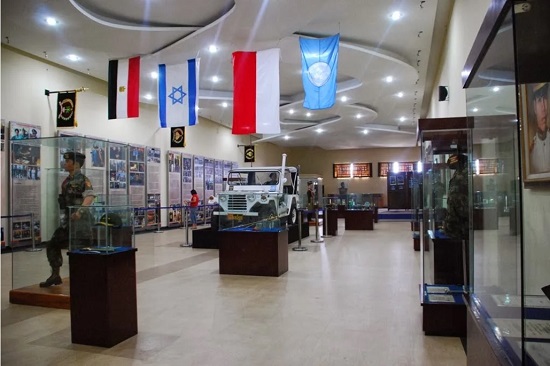
Interior of Batak Museum TB Silalahi
Museum Batak is considered as one of the most modern museums in Indonesia. The interpretation labels on each display come in both Bahasa Indonesia and English with brief but clear explanations of the collection.
Within the vicinity of the TB Silalahi Center are also other interesting attractions such as: the personal museum of TB. SIlalahi, the Huta Batak, which is an outdoor museum built like a traditional Batak village consisting of three rumahs (houses) and three sopos (storage structures) depicting typical Batak homes, actual scaled replicas of the Rumah Bolon and the Rumah Batak, a convention hall, and a swimming pool. The complex is also completed with visitors’ facilities such as restaurants, cafeterias, and an art shop.
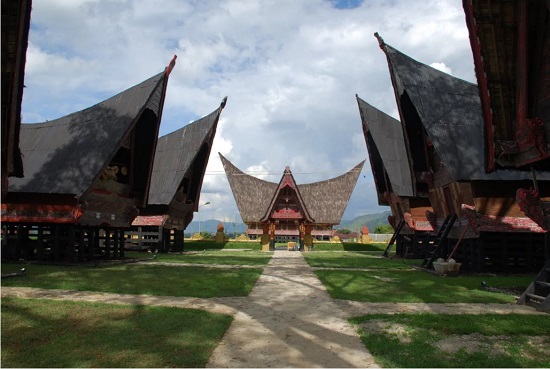
See Batak Traditional House in Batak Museum
How to get there?
Balige, the town by Lake Toba, is 200 km from Medan and can be reached in under 6 hours by public bus which has two routes: Medan-Siantar-Parapat or via Medan-Berastagi-Sidikalang.
Travel agents in Medan can also organize a rental car plus a chaffeur for you. Medan is an international gateway. A number of airlines fly daily between the Kualanamu Airport Medan or Silangit Airport and all major cities in Indonesia and international flights also go from Medan to Malaysia, Singapore and Thailand.
Recommended Hotels near Balige [More Hotels]
No booking fee and pay at hotel
(sponsored by Booking.com)
